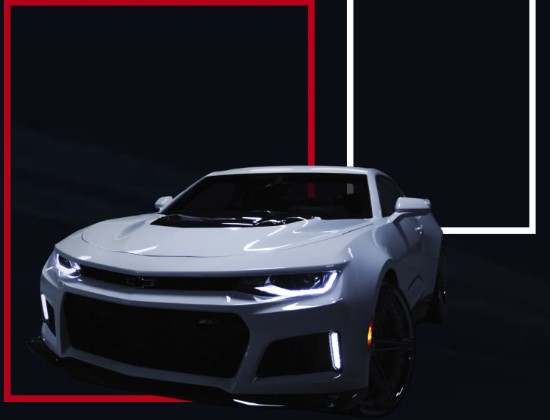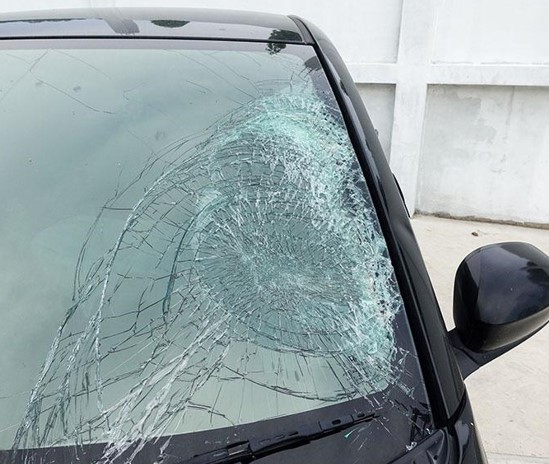
Florida’s sunny climate not only attracts tourists from around the globe but also necessitates some practical adaptations for residents, especially when it comes to driving. One such adaptation is window tinting, which can significantly reduce heat and glare inside a vehicle. However, it’s crucial to stay within the legal boundaries set by Florida’s window tint laws to avoid fines and ensure your vehicle is street legal. This guide will cover everything you need to know about Florida’s window tint laws, ensuring you can enjoy your ride comfortably without running afoul of the law.
Understanding Window Tint Laws in Florida
Florida’s window tint laws were enacted in 1991 and are designed to ensure that tinting does not compromise the safety of drivers, passengers, and other road users. These laws specify the allowed levels of window tint darkness and reflectiveness, which are measured by Visible Light Transmission (VLT{da793fdcd3fe679df000853cab620e3a76d4f41f7c86540cc967171bbb315377}) — the percentage of light that passes through your car windows.
Key Requirements
- Front Side Windows: The VLT{da793fdcd3fe679df000853cab620e3a76d4f41f7c86540cc967171bbb315377} must be at least 28{da793fdcd3fe679df000853cab620e3a76d4f41f7c86540cc967171bbb315377}. This means the tint must allow more than 28{da793fdcd3fe679df000853cab620e3a76d4f41f7c86540cc967171bbb315377} of the visible light to pass through.
- Rear Side Windows: For both sedans and SUVs/vans, the VLT{da793fdcd3fe679df000853cab620e3a76d4f41f7c86540cc967171bbb315377} can be at least 15{da793fdcd3fe679df000853cab620e3a76d4f41f7c86540cc967171bbb315377}, allowing for darker tints compared to the front side windows.
- Rear Window: The same rule applies as for the rear side windows – at least 15{da793fdcd3fe679df000853cab620e3a76d4f41f7c86540cc967171bbb315377} VLT is required.
- Windshield: Tinting is allowed only on the top 6 inches of the windshield, and it must be non-reflective.
Reflective and Color Restrictions
Florida’s laws also limit the reflectiveness of the tint:
- Front and Rear Side Windows: The tint must not be more than 25{da793fdcd3fe679df000853cab620e3a76d4f41f7c86540cc967171bbb315377} reflective.
- Colors: The use of red, blue, and amber tints is prohibited in Florida as they can be confused with law enforcement vehicles.
Medical Exemption
Florida acknowledges that certain medical conditions may require additional protection from sunlight. Thus, the state allows for exemptions that permit darker tints than the standard legal limits. To qualify, individuals must obtain a medical exemption certificate from the Florida Department of Highway Safety and Motor Vehicles (DHSMV).
Certification, Labeling, and Enforcement
Manufacturers of tint film must certify the film they sell in Florida, and it’s the installer’s responsibility to ensure the film is compliant. A sticker identifying legal tinting is required between the film and glass on the driver’s side window.
Law enforcement officials are equipped with tint meters to measure VLT{da793fdcd3fe679df000853cab620e3a76d4f41f7c86540cc967171bbb315377} during traffic stops. Non-compliance with the tint laws can result in non-moving violation fines.
Why Adhere to Window Tint Laws?
Beyond avoiding fines, adhering to window tint laws ensures:
- Safety: Proper tinting improves visibility by reducing glare and eye strain.
- Privacy and Security: Tinting can deter theft by obscuring the view into your vehicle.
- UV Protection: Quality tint can block up to 99{da793fdcd3fe679df000853cab620e3a76d4f41f7c86540cc967171bbb315377} of harmful UV rays, protecting passengers and the interior of the car from sun damage.
Conclusion
Florida’s window tint laws balance the benefits of tinting with the need for safety on the roads. Before you tint your vehicle’s windows, ensure you understand these regulations to stay compliant. If you’re considering tinting your windows or are unsure if your current tint complies with Florida laws, consult with a professional installer who can provide guidance and ensure that your vehicle meets all legal requirements. Following these laws will not only keep you on the right side of the law but also enhance your driving experience in the Sunshine State.
This post was written by a professional at Black Diamonds Tinting Garage. Welcome to Black Diamonds Tinting Garage in Homestead, FL! We’re experts in making your car look cool and stay cool with the best auto tint Miami. Window tinting is what we do best, giving your car a sleek look while keeping the inside comfortable. But that’s not all – we also offer great car wraps in homestead, FL, headlight wraps, LED lights in Miami-Dade county, and custom tires and rims. Our team is all about giving you the best service and making sure you love how your car looks and feels. So, if you want your car to stand out and show off your style, come see us at Black Diamonds Tinting Garage. We’re ready to make your car awesome.
